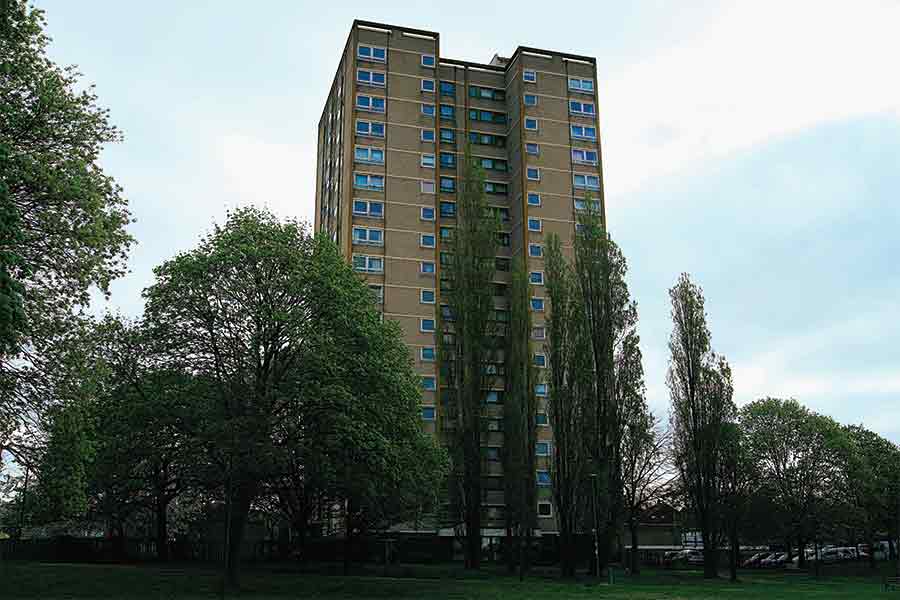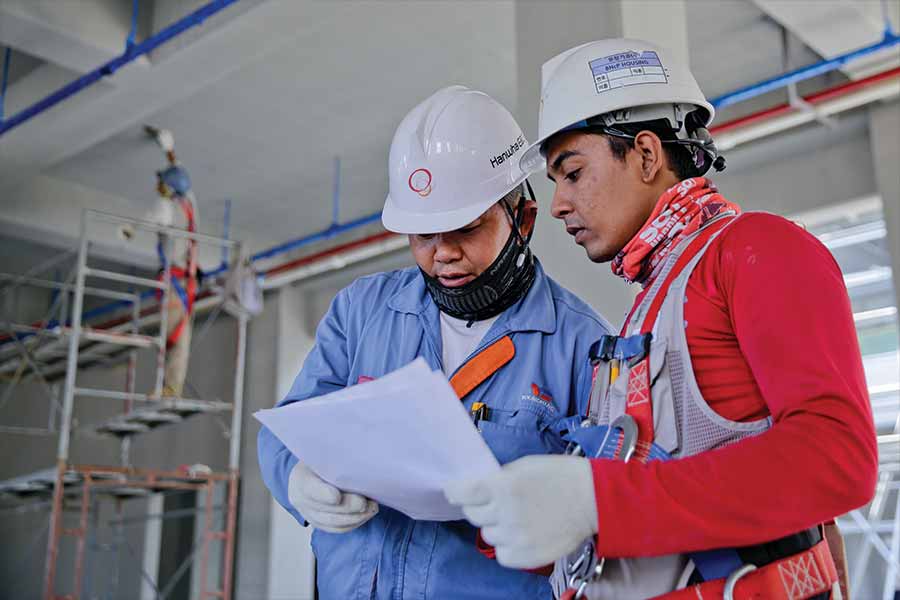Building Safety Act 2022: Revolutionising Safety in the Construction and Real Estate Sectors

In the world of construction and real estate, safety is paramount. Ensuring the safety of residents and the public is a non-negotiable responsibility for all stakeholders from builders to regulators. This is why the Building Safety Act 2022 (BSA), which came into force on the 1st of October 2023, is a significant step towards revolutionising safety in the built environment. In this blog, we’ll explore the key aspects of the Building Safety Act 2022 and how it’s set to reshape the industry.
A New Era of Building Safety
The BSA, which officially became law in 2022, introduces a comprehensive set of reforms aimed at raising the bar for building safety in the UK. Its primary goal is to prevent catastrophic events like the Grenfell Tower fire which, tragically highlighted the inadequacies in building safety regulations.
Key Provisions of the Building Safety Act 2022
Registration of High-Risk Buildings
The BSA defines “higher-risk buildings” as those with at least two residential units and a height of at least 18 meters or seven stories. One of the central provisions of the BSA is the requirement for owners or responsible parties to register such buildings with the Building Safety Regulator (BSR). This registration includes detailed information about the building’s design and safety features.

Accountability and Responsibility
The BSA establishes clear lines of accountability within the building process. The accountable person, often the building owner or a party with repairing obligations, is responsible for ensuring the building’s safety. They must register the building and meet specific obligations regarding risk management, safety assessments and compliance with regulations.

Oversight and Enforcement
The BSR takes on a central role in overseeing building safety. It replaces local authorities and private inspectors as the sole authority for supervising high-risk building work. The BSR also introduces decision points at various stages of the construction process to assess compliance and safety.
Transparency and Accountability
One of the BSA’s notable features is its emphasis on transparency and accountability. The BSR is required to promptly communicate enforcement decisions, explain reasons for non-compliance and set out actions for achieving compliance. This ensures that residents and stakeholders are well-informed about safety measures and any enforcement actions.
Building Control Approval
Before commencing work on higher-risk buildings, developers are required to submit design applications to the BSR for approval. These applications must demonstrate how the building’s design aligns with building regulations, change management and adherence to the “golden thread” of information, a crucial document that tracks the building’s safety information throughout its lifecycle.

Committees and Panels
To promote transparency and community involvement the BSA establishes various committees, including the Residents’ Panel, Industry Competence Committee and Building Advisory Committee. These committees aim to represent the interests of high-rise building residents and enhance industry standards and competence.

Testing and Compliance
The BSA grants local authorities the power to sample and test work to ensure compliance with building regulations. This provision allows authorities to assess works and materials used in construction, further bolstering safety measures.
Implications for the Construction Industry
The Building Safety Act 2022 ushers in a new era of accountability, transparency and stringent safety standards within the construction and real estate industry. These reforms have wide-ranging implications for all stakeholders:
- Developers and Builders: Developers must adhere to stricter design and safety standards, submit detailed applications and cooperate closely with the BSR throughout the construction process.
- Building Owners: Responsible parties must take their roles seriously, ensuring the safety of residents and compliance with building safety regulations.
- Regulators: The BSA significantly enhances the regulatory landscape, with the BSR playing a central role in overseeing higher risk building safety.
- Residents: The BSA places a strong focus on residents’ safety and involvement with the establishment of committees to represent their interests.

The Building Safety Act 2022 is a landmark piece of legislation that underscores the importance of building safety in the UK. It ushers in a new era of accountability, transparency and stringent regulations, all aimed at preventing tragic incidents and ensuring the safety of residents and the public. As the construction and real estate industry adapts to these changes, the overarching goal is clear: safer, more secure buildings for all.
Emergency Response Management Company
Emergency Response Management Company (ERMCO) is a prominent organisation specialising in delivering expertise, skills and experience to support compliance with the recently enacted Building Safety Act of 2022 within the construction and real estate sectors. Focusing on areas primarily in and around Crawley and the South East, ERMCO takes a leading role in collaboration with the Building Safety Regulator by providing Key Building Information (KBI) for high-risk structures.
For more information, please contact us or reach out to us via email at info@ermco.co.uk
